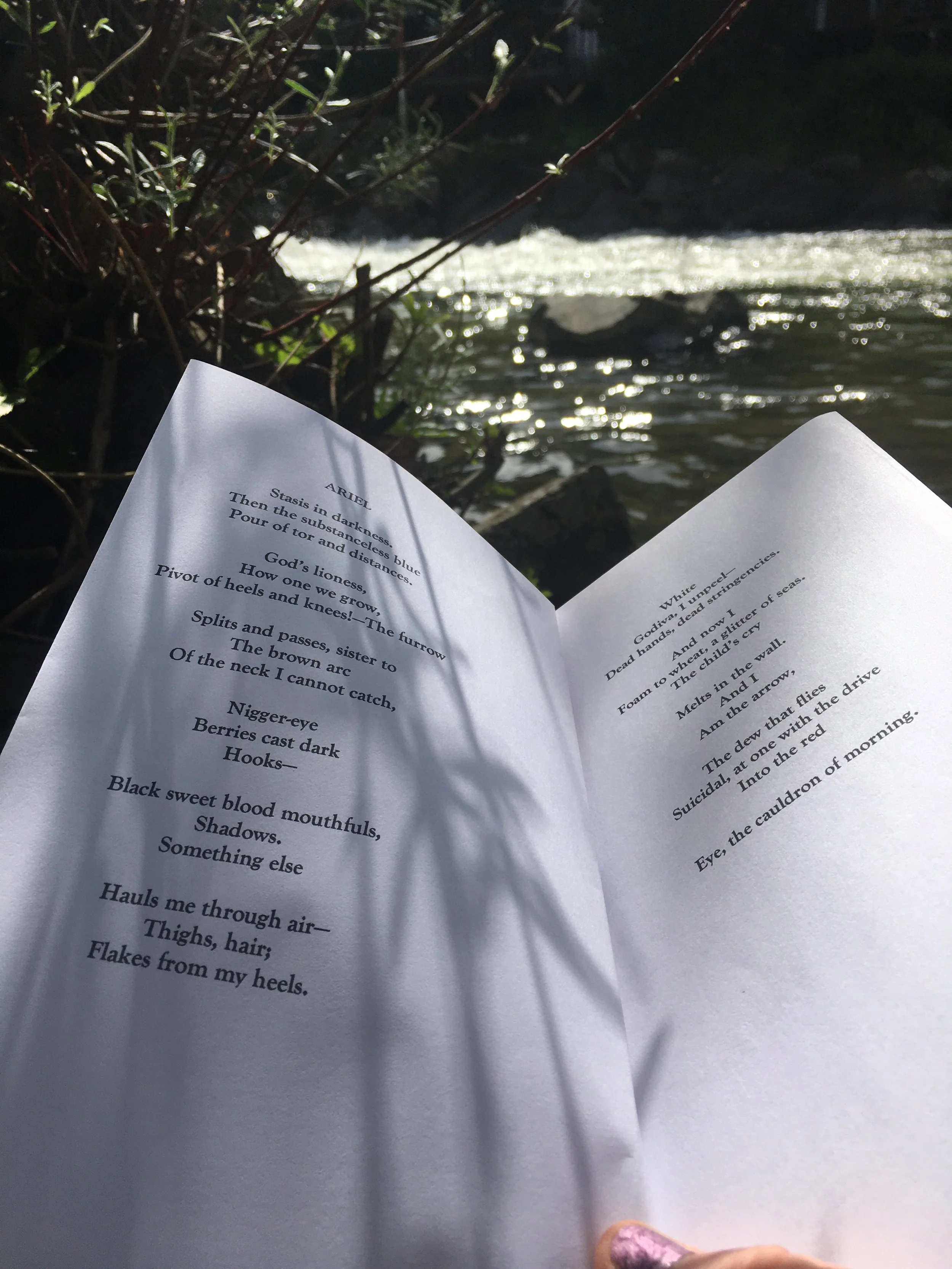Snow and the Blank Page
/It’s winter, and snowing heavily here in the Pyrenees.
Yesterday we went up from our home in the foothills, to the high mountains, to take in the depth and the breadth of it. I breathed in the silence, and squinted against the dazzling brightness.
I felt the same thrill that I feel when I open a notebook, and run my hand over the smooth white page. It’s the potential of it.
The vast possibilities of how I might express myself through the medium. Standing in front of that vast frozen canvas, I hesitated. I just caught the edge of anxiety, and the flurry of thoughts that rose with it. Somehow the sheer range of possible actions was overwhelming. I felt myself ceasing up. Soon I would be as frozen and motionless as the day itself.
Similarly, I have years of experience of facing the blank page, and I know the thoughts that can freeze up me there too.
Once a mark is made, there’s no going back. Will I get it ‘right’? Will I ruin the cleanness of it? Will I be pleased with the result or will I disappoint myself? Will people like me for it? Will it be what they want?
I was getting cold standing still in the snow, and I knew it was time to move. I struck one crunching footprint down through the snow, and the imprint was sharp and decisive. I ran round in circles until the virgin space was dotted with footprints. Warm in my ski-suit, I rolled in the snow and relished the ice on my face. I threw snowballs at anyone that came close. One thing led to another. We made a giant snowman. It was easy, expressive, and wonderful.
Writing should be like that- the reaction to the anxiety met with an enthusiastic moving towards.
The first ink mark on that white sheet of paper needs to be as pleasing as that first crunching footprint. And thereafter, each mark should be an exploration into the vast uncharted territory of that canvas, a revelling in the creation of each shape, a delighting in the sounds that rise from it. Learn to play with snow, and you will be more of the writer that you aspire to be.
First published January 25th 2013



















Winter Solstice Competition Runner-up: Hannah Ray, with You Were Born in a Pandemic